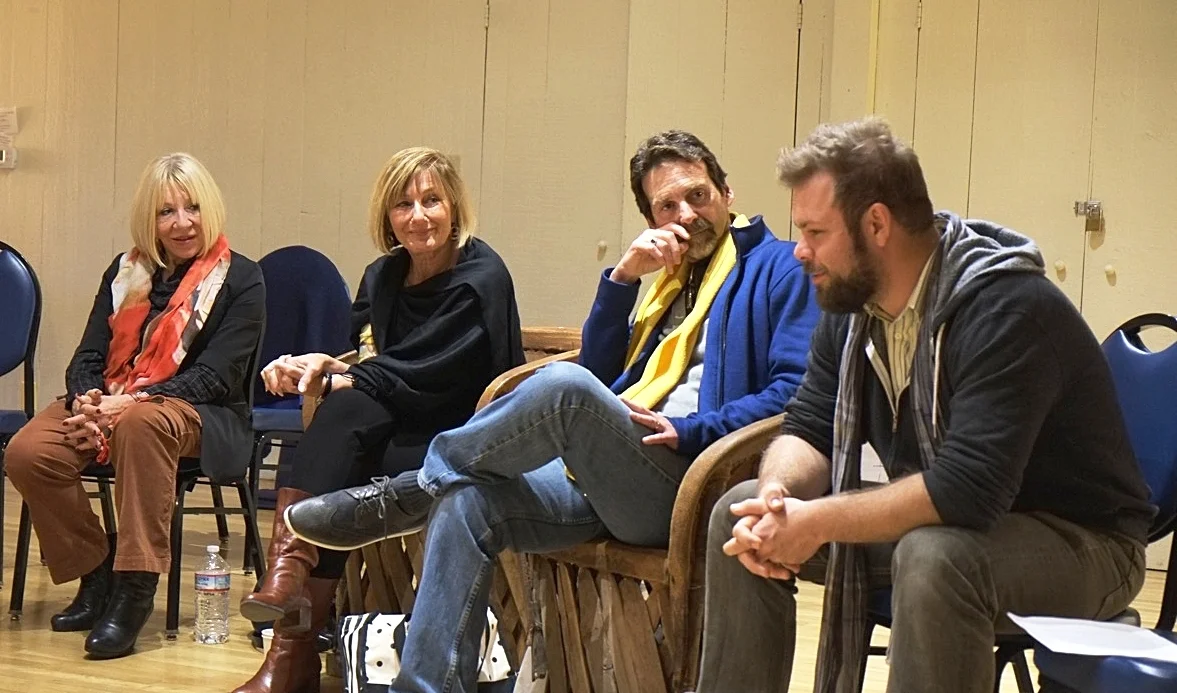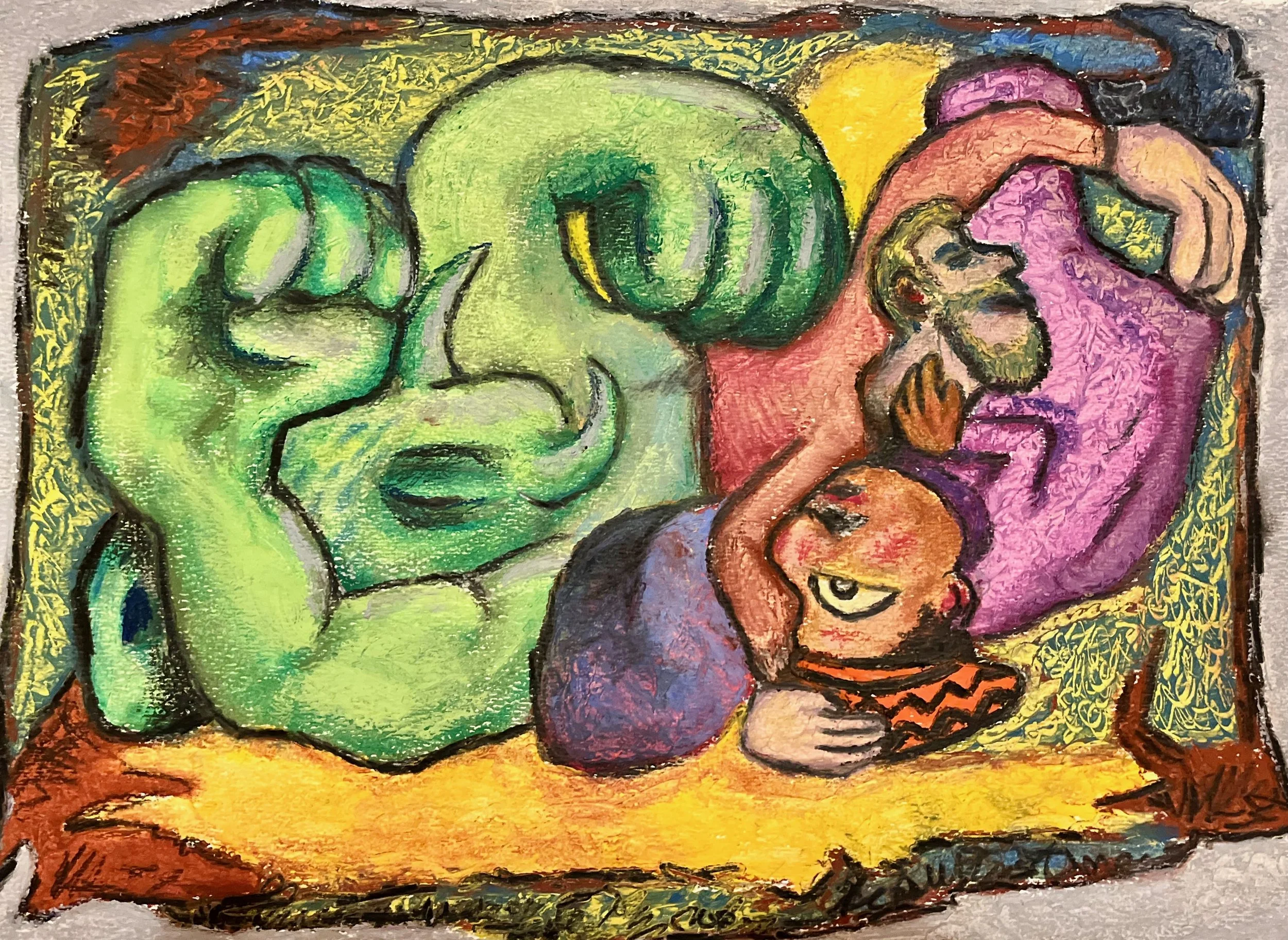What is EMDR?
When facing emotional wounds or traumatic experiences, finding the right therapeutic modality can make all the difference in your journey towards healing.
Eye Movement Desensitization and Reprocessing, or EMDR, is a therapeutic approach gaining recognition for its effectiveness in treating traumatic memories.
EMDR therapy is rooted in the understanding that traumatic experiences can overwhelm the brain's natural coping mechanisms, leaving the memories of these experiences improperly processed.
This can lead to distressing symptoms such as intrusive thoughts, flashbacks, anxiety, and even physical discomfort. The goal of EMDR is to help the brain reprocess these memories in a way that reduces their lingering impact, thereby alleviating current distress.
So how does EMDR work? Unlike traditional talk therapy, EMDR incorporates bilateral stimulation, which can be achieved through eye movements, taps, or sounds. These bilateral stimulations engage both hemispheres of the brain, facilitating the processing of traumatic memories to completion.
During an EMDR session, I will guide you to briefly focus on distressing memories while simultaneously experiencing bilateral stimulation. This process aims to lessen the emotional intensity associated with those memories, allowing for a more adaptive resolution.
One of the strengths of EMDR is its structured approach. Sessions typically involve several phases: history-taking, preparation, assessment, desensitization, installation of positive cognition, and closure.
Throughout these phases, I will collaborate with you to identify specific memories or beliefs contributing to your distress and to develop adaptive coping mechanisms.
EMDR is not only used for treating post-traumatic stress disorder (PTSD) but has also been effective in addressing a wide range of issues such as phobias, anxiety disorders, depression, and even performance anxiety.
Research has shown that EMDR can produce significant improvements in symptoms and overall well-being, often in a shorter time frame compared to traditional therapy.
I have found EMDR highly effective with reprocessing developmental trauma as well.
It's important to note that while EMDR can be highly effective, it may not be suitable for everyone.
Like any therapeutic approach, its success depends on factors such as individual history, readiness, and the therapeutic relationship with the EMDR-trained therapist.
This is why I will typically work with clients for a period of time in talk therapy first to establish a relationship, and to assess whether and when EMDR might be suitable.
EMDR Therapy Stock photos by Vecteezy <"https://www.vecteezy.com/free-photos/emdr-therapy">
Carlos Barquero/Getty Images
How does an EMDR session go?
When you come in for an EMDR therapy session with me, we will approach the experience with curiosity and an attitude of openness to what needs to come up. We'll begin by discussing which memory or negative self-belief you’d like to address.
We’ll spend some time identifying the specific memory, getting a picture of the worst part of the experience, the negative belief you took with you from that experience, and how you feel in your body as you think about it.
Once we’re prepared, the reprocessing phase begins. I will have you hold the picture, belief, and body sensation in mind briefly, and then begin bilateral stimulation (usually either following my fingers back and forth with your eyes or holding vibrating paddles).
This process helps your brain reprocess these memories in a way that reduces their emotional impact over time. Throughout the reprocessing phase, I'll be there to guide and support you, ensuring you feel safe and empowered throughout the process.
People experience this phase very uniquely. Where one person reports staying primarily with the original memory and seeing it from different perspectives, another person may notice their mind bouncing from one related memory to the next.
And yet another person may experience various body sensations and very little mental imagery. This is the part where keeping an open, curious mind to whatever is coming up is key.
As our session unfolds, you’ll likely notice changes in how you perceive these memories.
It's natural to experience a range of emotions – from sadness to nervousness, from anger to powerlessness, from relief to clarity.
I'll help you navigate these feelings, providing tools to manage any discomfort that may arise. By the end of our session, many clients express feeling a sense of relief as the intensity of those memories begins to lessen.
Afterward, we'll discuss what came up for you and any insights you gained from our work together. EMDR typically involves several sessions tailored to your specific needs and progress.
Many of my clients have found that beyond healing past traumas, EMDR enhances their emotional resilience, empowering them to navigate life's challenges with greater strength and clarity.
My office is located at:
3120 Telegraph Ave. Suite 3A
Berkeley, CA 94705







